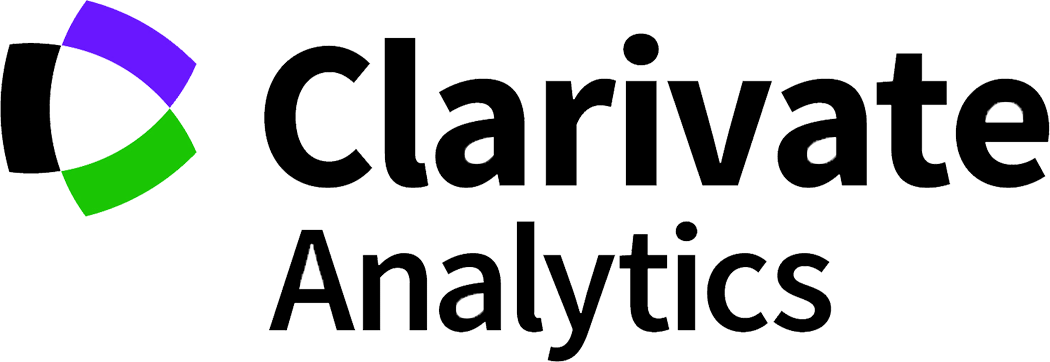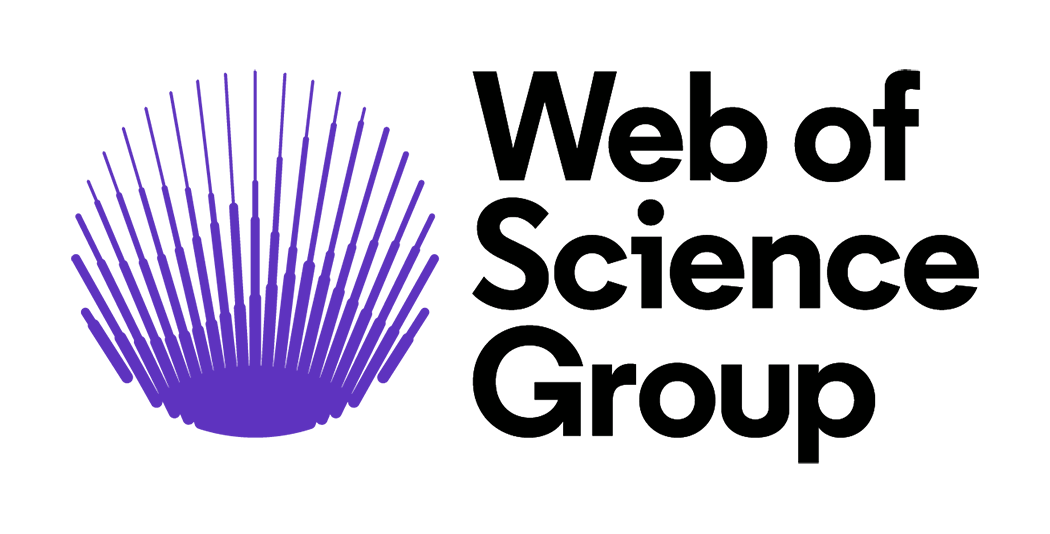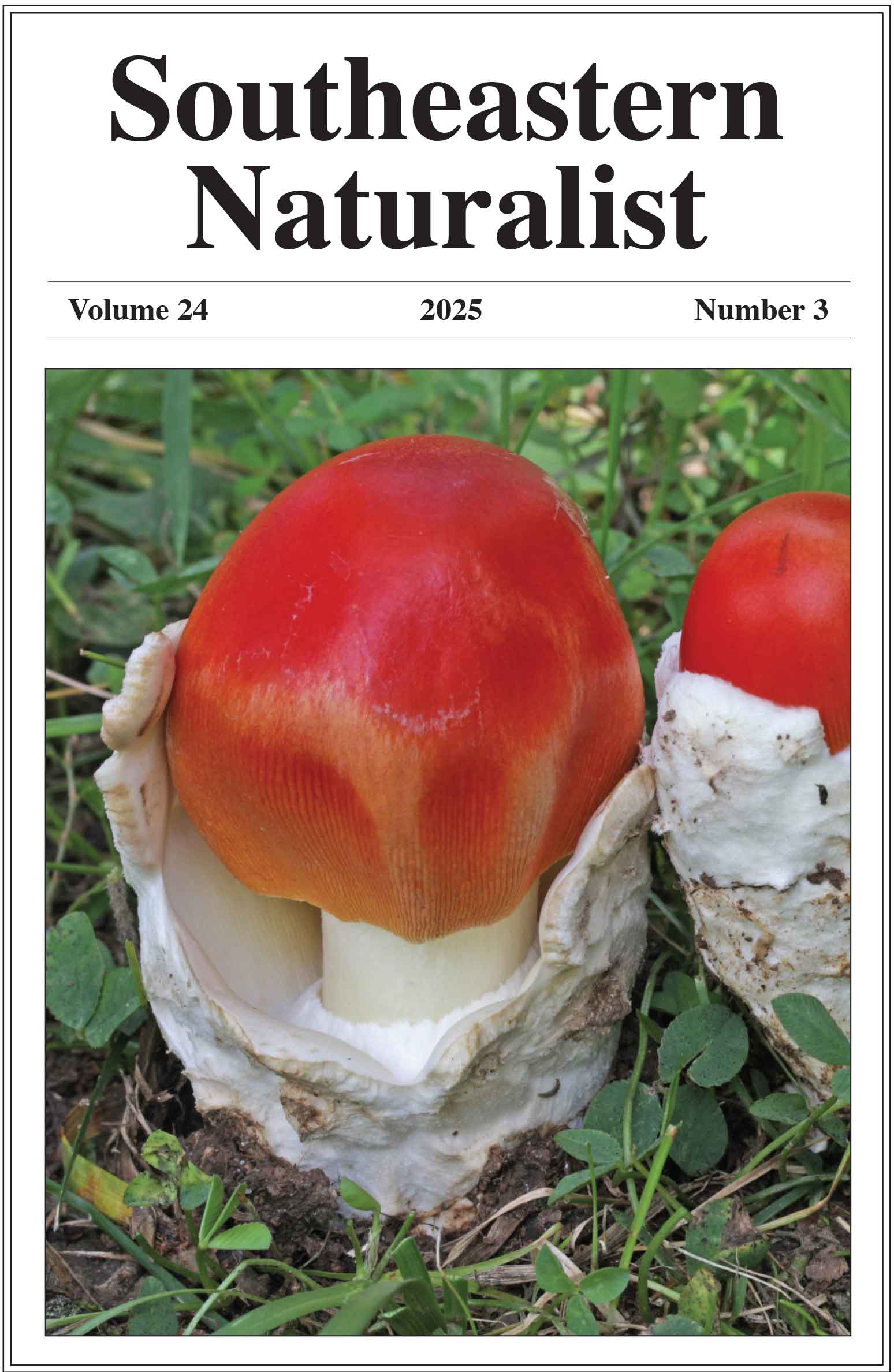An Eight-Year Study of Avian Seed Dispersal to an Artificial Water Source
James B. Ferrari*
*Department of Biology, Wesleyan College, Macon, GA 31210.
Southeastern Naturalist, Volume 24, Issue 3 (2025): 287–305
First published early online: 11 August 2025
Abstract
I monitored seed deposition to an artificial water source (i.e., bird bath) for 8 years in suburban Georgia to provide insight into the fruiting phenology of bird-dispersed native and non-native plant species, determine seed-dispersal distances, and identify the most likely avian seed dispersers. I recorded 2807 seeds of 25 bird-dispersed plant species in the bath. Native plants (16 species) comprised 79.6% of all seeds, while non-native invasives (NNI; 8 species) and ornamentals (1 species) made up 14.6% and 5.9%, respectively. The frequency of overall seed deposition peaked in late summer (July–September), with a second peak in winter (January–February); seed number per month mirrored this pattern. Diversity and abundance of seeds from NNI plant species peaked in late winter, after the peak of native plant species, and NNI species were absent from August to October. Based on the distance to the nearest fruiting specimen of each species, birds likely dispersed seeds to the water source from within 25 m for 8 species, while the seeds of 17 species came from >25 m. Of the 33 bird species visiting the bird bath over 2 years, the likeliest seed dispersers were Sialia sialis (Eastern Bluebird) and Turdus migratorius (American Robin), followed by Sayornis phoebe (Eastern Phoebe), Setophaga coronata (Yellow-rumped Warbler), Toxostoma rufum (Brown Thrasher), and Mimus polyglottos (Northern Mockingbird). The use of artificial water sources as seed traps could be attractive due to the method’s simplicity, low impact on birds, high yield, scalability, capacity for year-round study, and potential for understanding important aspects of avian seed dispersal, from fruiting phenology to forest restoration.
![]() Download Full-text pdf (Accessible only to subscribers. To subscribe click here.)
Download Full-text pdf (Accessible only to subscribers. To subscribe click here.)
Access Journal Content
Open access browsing of table of contents and abstract pages. Full text pdfs available for download for subscribers.
Issue-in-Progress: Vol. 24( 4) ... early view
Check out SENA's latest Monograph and current Special Issue in progress:













 The Southeastern Naturalist is a peer-reviewed journal that covers all aspects of natural history within the southeastern United States. We welcome research articles, summary review papers, and observational notes.
The Southeastern Naturalist is a peer-reviewed journal that covers all aspects of natural history within the southeastern United States. We welcome research articles, summary review papers, and observational notes.